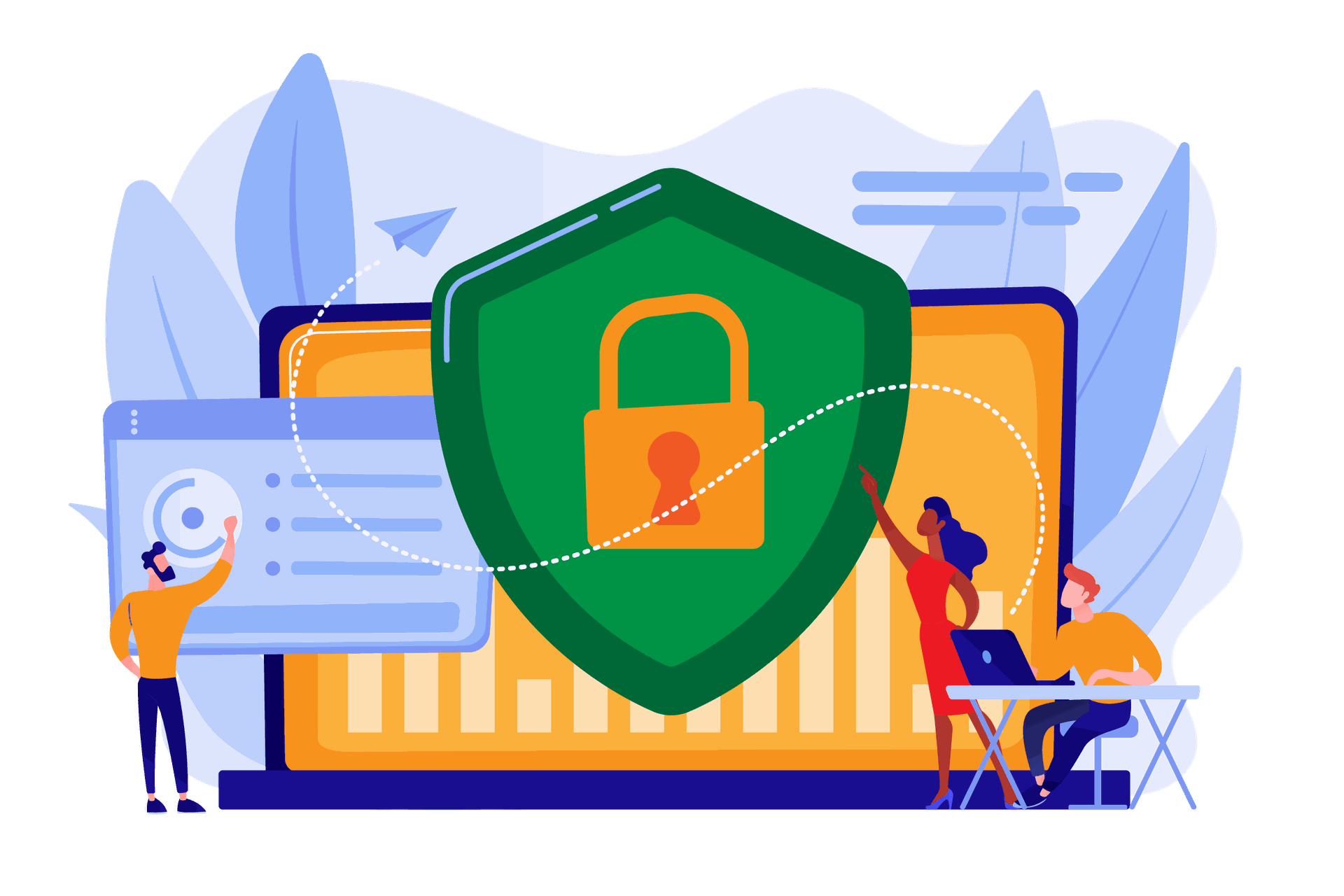IT Security Audit
If you are interested, you know where to click.
Improving security refers to the process of enhancing the protection of sensitive information, assets, and systems against unauthorized access, theft, damage, or other security threats. It is a crucial aspect of protecting both personal and organizational interests in the modern digital age.
By undergoing a security test, you can identify and address risks, strengthening the security of your company and safeguarding your valuable assets.

An IT security audit is a comprehensive review of an organization's IT infrastructure and security policies, procedures, and controls to identify potential vulnerabilities and weaknesses. The specific items that should be covered in an IT security audit will depend on the size, complexity, and nature of the organization's IT environment. However, here are some common areas that an IT security audit should involve:
Network Security: An IT security audit should examine the organization's network infrastructure to ensure that it is secure and adequately protected against cyber-attacks. This includes reviewing firewalls, routers, switches, and other network devices.
Access Controls: An IT security audit should review the organization's access controls to ensure that only authorized individuals have access to sensitive data and systems. This includes reviewing user account management practices, password policies, and authentication methods.
Data Protection: An IT security audit should examine the organization's data protection policies and procedures to ensure that sensitive information is properly encrypted, backed up, and stored securely.
Application Security: An IT security audit should examine the security of the organization's applications, including web applications, mobile apps, and desktop software. This includes reviewing application security testing processes and identifying potential vulnerabilities.
Physical Security: An IT security audit should review physical security controls, including access controls, video surveillance, and other measures to protect physical assets.
Incident Response: An IT security audit should review the organization's incident response plan to ensure that it is up-to-date and effective in responding to security incidents and breaches.
Compliance: An IT security audit should review the organization's compliance with applicable laws and regulations, including GDPR, HIPAA, and PCI-DSS.
Employee Training: An IT security audit should review the organization's employee training and awareness programs to ensure that employees are adequately trained to identify and respond to security threats.
These are just a few of the key areas that an IT security audit should cover. The exact scope and depth of the audit will depend on the specific needs of the organization and the potential risks that it faces.
Audit
We'll check how your security is now & we'll asses your needs together
Prepare
A preparation will be made for you. Giving a detailed roadmap
Implement
We'll inform the user and start making the configurational changes
Run
The achievements will be reported to you

